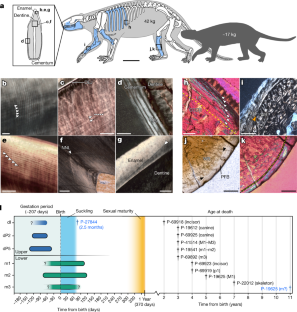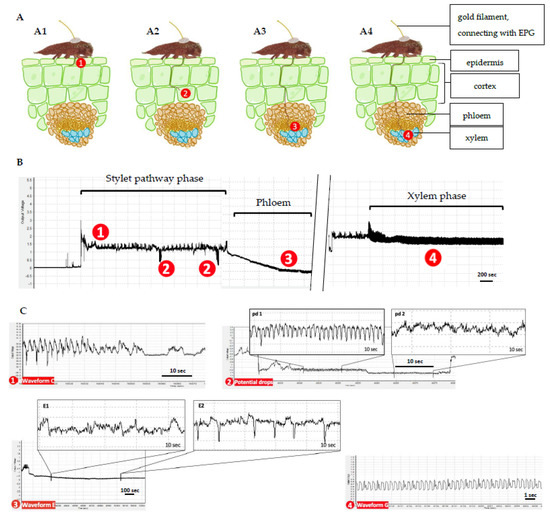ロスアラモス研究所のチームは、オフィスでの診断とPCRおよびRNAテストを比較している。 Los Alamos team compares office diagnosis with PCR and RNA testing
2022-08-31 アメリカ・ロスアラモス国立研究所(LANL)
ニューメキシコ州北部の診療所MANNMと協力した研究チームは、インフルエンザウイルスが呼吸器感染症の主役であることを発見し、これは予想されたことでした。しかし、コロナウイルス、呼吸器合胞体ウイルス、パラインフルエンザウイルス、ヒトメタニューモウイルスが上気道感染症に関連していることも、PCRとシークエンスのアプローチで明らかになった。
<関連情報>
- https://discover.lanl.gov/news/0831-respiratory-viruses
- https://journals.plos.org/globalpublichealth/article?id=10.1371/journal.pgph.0000811
シンドロミック法、次世代シークエンス法、PCR法を用いた患者の上気道感染症診断におけるばらつきの比較 Comparing variability in diagnosis of upper respiratory tract infections in patients using syndromic, next generation sequencing, and PCR-based methods
Andrew W. Bartlow,Zachary R. Stromberg,Cheryl D. Gleasner,Bin Hu,Karen W. Davenport,Shailja Jakhar,Po-E Li,Molly Vosburg,Madhavi Garimella,Patrick S. G. Chain,Tracy H. Erkkila,Jeanne M. Fair,Harshini Mukundan
PLOS Global Public Health Published: July 20, 2022
DOI:https://doi.org/10.1371/journal.pgph.0000811
Abstract
Early and accurate diagnosis of respiratory pathogens and associated outbreaks can allow for the control of spread, epidemiological modeling, targeted treatment, and decision making–as is evident with the current COVID-19 pandemic. Many respiratory infections share common symptoms, making them difficult to diagnose using only syndromic presentation. Yet, with delays in getting reference laboratory tests and limited availability and poor sensitivity of point-of-care tests, syndromic diagnosis is the most-relied upon method in clinical practice today. Here, we examine the variability in diagnostic identification of respiratory infections during the annual infection cycle in northern New Mexico, by comparing syndromic diagnostics with polymerase chain reaction (PCR) and sequencing-based methods, with the goal of assessing gaps in our current ability to identify respiratory pathogens. Of 97 individuals that presented with symptoms of respiratory infection, only 23 were positive for at least one RNA virus, as confirmed by sequencing. Whereas influenza virus (n = 7) was expected during this infection cycle, we also observed coronavirus (n = 7), respiratory syncytial virus (n = 8), parainfluenza virus (n = 4), and human metapneumovirus (n = 1) in individuals with respiratory infection symptoms. Four patients were coinfected with two viruses. In 21 individuals that tested positive using PCR, RNA sequencing completely matched in only 12 (57%) of these individuals. Few individuals (37.1%) were diagnosed to have an upper respiratory tract infection or viral syndrome by syndromic diagnostics, and the type of virus could only be distinguished in one patient. Thus, current syndromic diagnostic approaches fail to accurately identify respiratory pathogens associated with infection and are not suited to capture emerging threats in an accurate fashion. We conclude there is a critical and urgent need for layered agnostic diagnostics to track known and unknown pathogens at the point of care to control future outbreaks.


